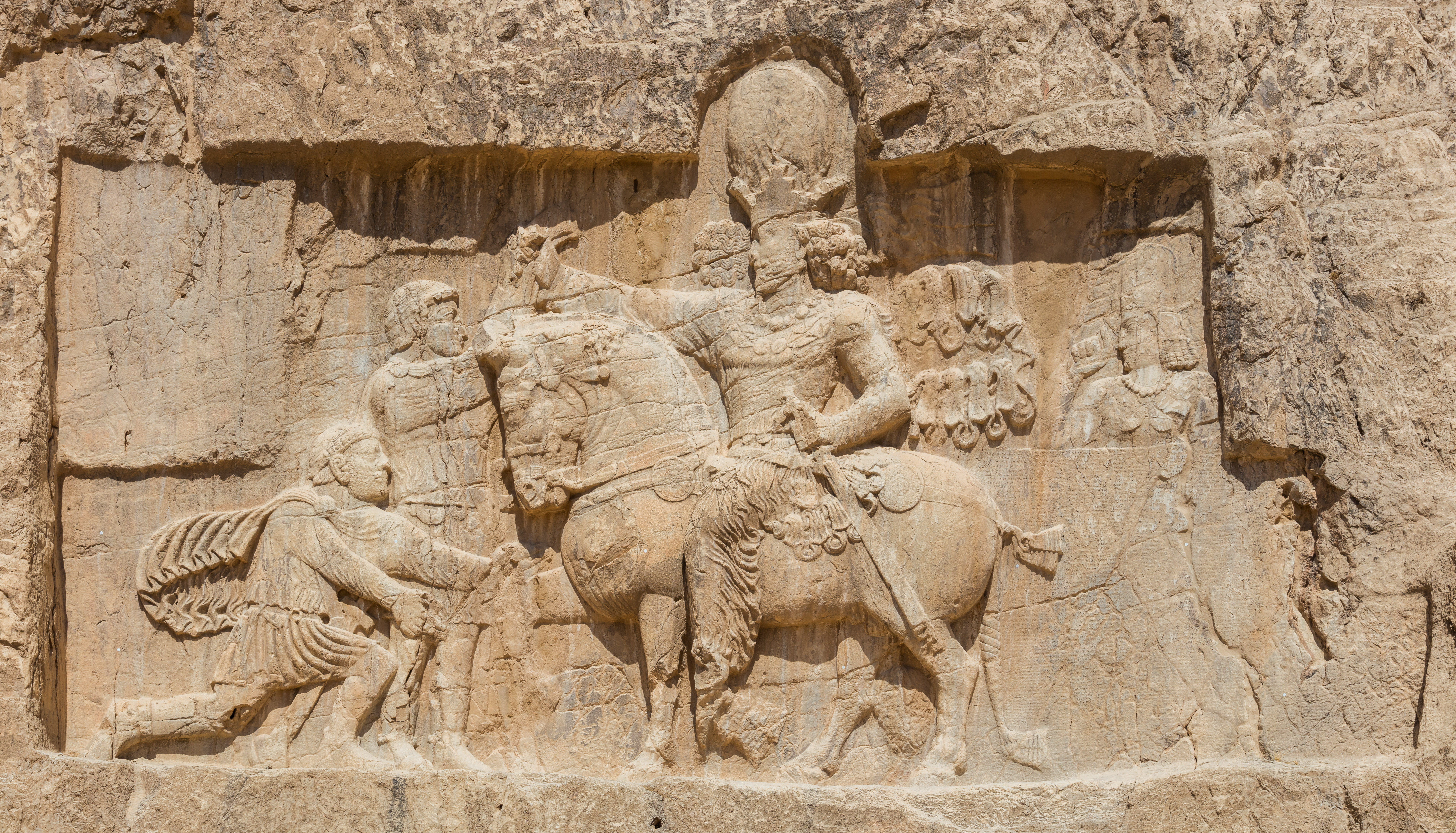Pardeh Show on:
[Wikipedia]
[Google]
[Amazon]
A pardeh show can be considered a kind of
 It dates back to the Persian empire era. The stone table of painting still can be found in
It dates back to the Persian empire era. The stone table of painting still can be found in
theatre
Theatre or theater is a collaborative form of performing art that uses live performers, usually actors or actresses, to present the experience of a real or imagined event before a live audience in a specific place, often a stage. The perform ...
. The word comes originally from the Persian ''parde'', which means curtain, in fact a big and large strong curtain. There is painting of a story or a history of a war or epic on this curtain in a pardeh show. To attract an audience, the actor would mix the pardeh show with theatre. The actor usually represents a pahlavan or hero or strong man. This kind of theatre was used to tell the stories of the Shahname
The ''Shahnameh'' or ''Shahnama'' ( fa, شاهنامه, Šāhnāme, lit=The Book of Kings, ) is a long epic poem written by the Persian poet Ferdowsi between c. 977 and 1010 CE and is the national epic of Greater Iran. Consisting of some 50 ...
of Ferdousi
, image = Statue of Ferdowsi in Tus, Iran 3 (cropped).jpg
, image_size =
, caption = Statue of Ferdowsi in Tus by Abolhassan Sadighi
, birth_date = 940
, birth_place = Tus, Samanid Empire
, death_date = 1019 or 1025 (87 years old)
, dea ...
in Iran
Iran, officially the Islamic Republic of Iran, and also called Persia, is a country located in Western Asia. It is bordered by Iraq and Turkey to the west, by Azerbaijan and Armenia to the northwest, by the Caspian Sea and Turkmeni ...
and it was also called '' shahname khani''.
History
 It dates back to the Persian empire era. The stone table of painting still can be found in
It dates back to the Persian empire era. The stone table of painting still can be found in Persepolis
, native_name_lang =
, alternate_name =
, image = Gate of All Nations, Persepolis.jpg
, image_size =
, alt =
, caption = Ruins of the Gate of All Nations, Persepolis.
, map =
, map_type ...
and Naqsh-e Rustam
Naqsh-e Rostam (literal translation, lit. mural of Rostam, fa, نقش رستم ) is an ancient archeological site and necropolis located about 12 km northwest of Persepolis, in Fars Province, Iran. A collection of ancient Iranian rock relie ...
.
In the Middle Ages
In the history of Europe, the Middle Ages or medieval period lasted approximately from the late 5th to the late 15th centuries, similar to the post-classical period of global history. It began with the fall of the Western Roman Empire a ...
, the Persia
Iran, officially the Islamic Republic of Iran, and also called Persia, is a country located in Western Asia. It is bordered by Iraq and Turkey to the west, by Azerbaijan and Armenia to the northwest, by the Caspian Sea and Turkmeni ...
ns began to use pardeh shows as a way of telling the stories from the Shahname
The ''Shahnameh'' or ''Shahnama'' ( fa, شاهنامه, Šāhnāme, lit=The Book of Kings, ) is a long epic poem written by the Persian poet Ferdowsi between c. 977 and 1010 CE and is the national epic of Greater Iran. Consisting of some 50 ...
to people who did not know how to read. They wrote mystery plays, where each part of the Shahname would be a play put on by a different group of people. They also wrote miracle plays which were plays about the lives of the heroes. There were also morality plays which taught the audiences how to live a good life. In the time of Safavid
Safavid Iran or Safavid Persia (), also referred to as the Safavid Empire, '. was one of the greatest Iranian empires after the 7th-century Muslim conquest of Persia, which was ruled from 1501 to 1736 by the Safavid dynasty. It is often conside ...
dynasty this kind of theater flourished in all parts of Iran
Iran, officially the Islamic Republic of Iran, and also called Persia, is a country located in Western Asia. It is bordered by Iraq and Turkey to the west, by Azerbaijan and Armenia to the northwest, by the Caspian Sea and Turkmeni ...
.
Ancient
The players woremask
A mask is an object normally worn on the face, typically for protection, disguise, performance, or entertainment and often they have been employed for rituals and rights. Masks have been used since antiquity for both ceremonial and practic ...
s. Illustrations on vases show helmet-like masks, covering the entire face and head, with holes for the eyes and a small aperture for the mouth, plus a wig.
Other kinds of plays called neoclassical dramas and neoclassical comedies were also popular in Italy and in France at this time. These plays were written to copy the style of the plays from ancient Greece and Rome.
References
{{Reflist Persian culture